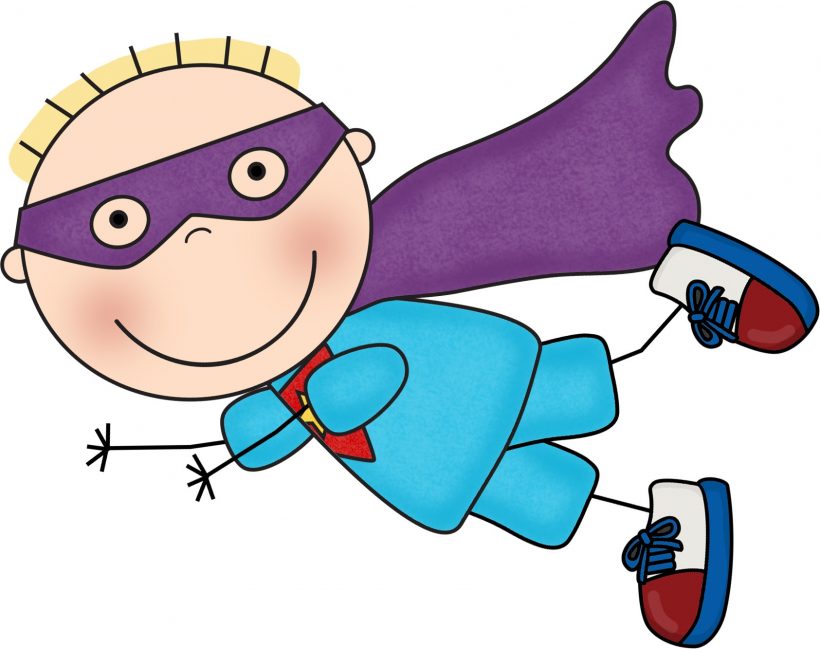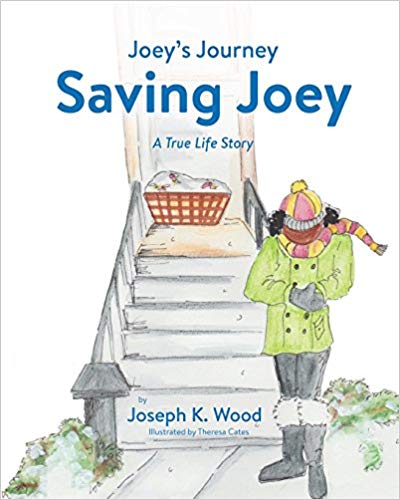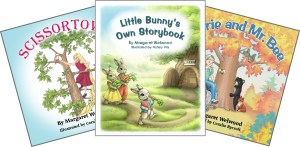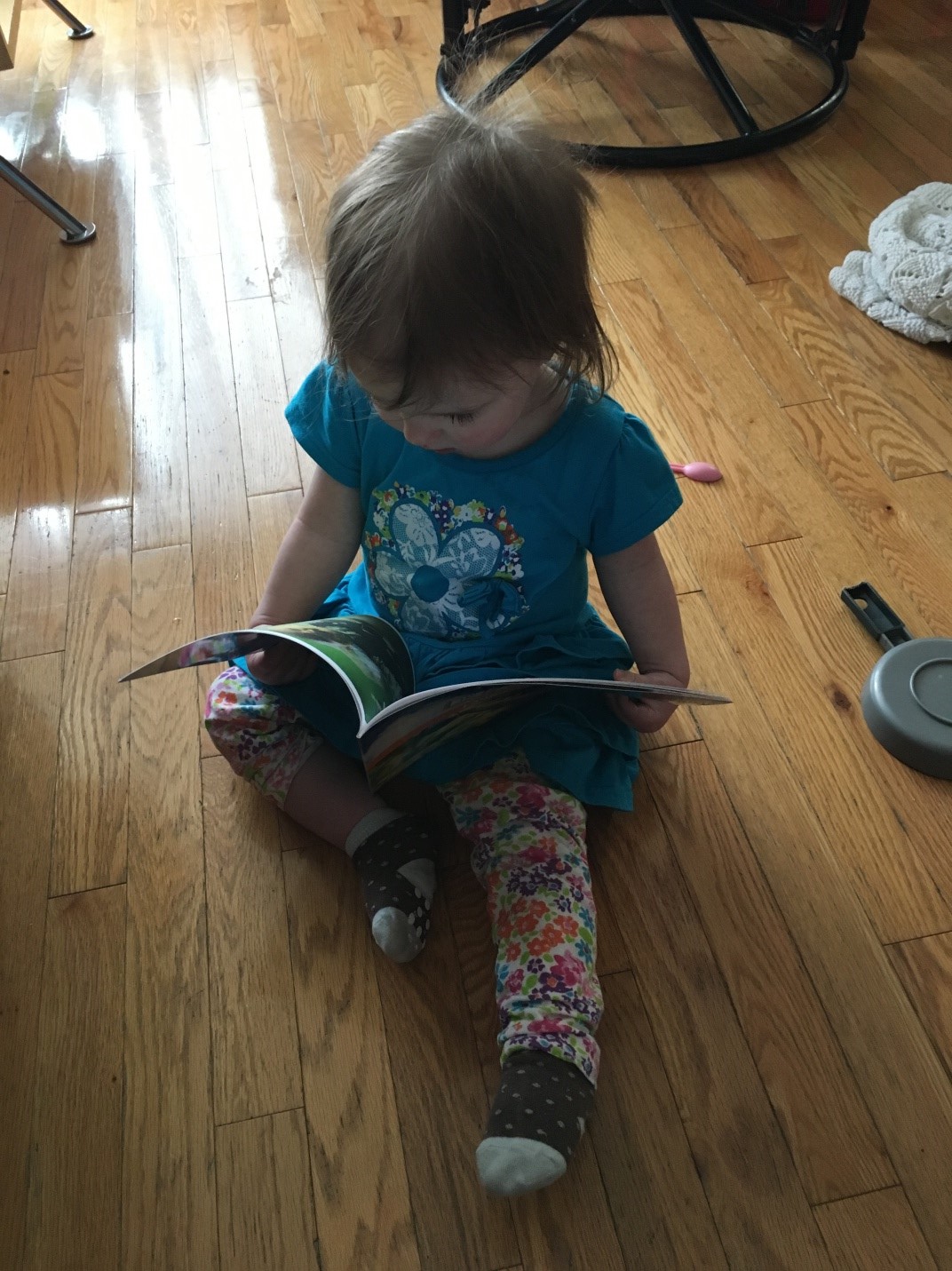Do stories have any rivals when it comes to learning to empathize with those who are like us—and with those who are not like us, but still have the same feelings? I’m reminded of a friend who grew up in an environment that might be termed “difficult.” He went on to become both an advocate for people with disabilities and a mediator. This man credited his people skills and empathy to the fact that, as difficult as things were at home sometimes, he was allowed to read and had access to a well stocked home library.

Who has not heard of the Good Samaritan and the Prodigal Son, the mouse that nibbled the lion’s net and set the beast free, and Little Red Riding Hood? The parables of Christ, Aesop’s fables, fairy tales, and modern stories . . . all have lessons to teach us and the children in our lives.
Perhaps there are unintentional lessons. “Little Red Riding Hood,” with its age-old warning to young girls not to talk to strangers, is all well and good, but what of the runaway cookie that gets eaten by a fox? What I learn from this story is that lying gets you dinner. ☹
Now I’d like to invite you to take a look at two of my favorites—The Berenstain Bears and the Forgiving Tree, a modern story with an overt Bible lesson, and Wilderness Cat, a realistic story with subtle, implied lessons in a pioneer setting.
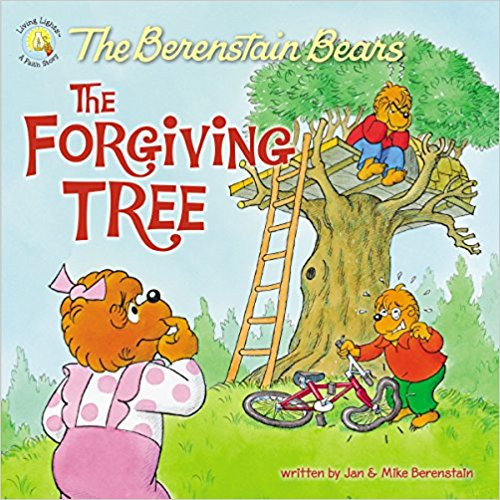
In The Berenstain Bears and the Forgiving Tree, Brother Bear is crushed when Cousin Fred accidentally damages his brand new bike. Why should he forgive? And he doesn’t—until Sister Bear finds him sulking in the tree house and points out the faded red line dividing the house in half. A fierce quarrel had led the siblings to draw the line and fume, each on their own side, until a rainstorm left them soaking and miserable—but with the quarrel behind them. Brother Bear forgives Fred, and Mama and Papa Bear reinforce the message that God requires us to forgive each other. Age-old wisdom for modern times!
If you wish to present Bible truths as such, I recommend checking out The Berenstain Bears Living Lights Series. These upbeat, contemporary stories with clear Christian messages are proving immensely popular with Christian parents and educators. What can we learn from their success?
Wilderness Cat highlights God’s provision to a pioneer family through their faithful cat. Most young children like animals, but this quiet story held the children in the story circle particularly enthralled. I think they strongly identified with the hero, who obediently but with great difficulty gives her beloved cat to a neighbor before the family begins their 50-mile trek to Canada. I find Serena’s obedience significant, not only for the respect she shows her parents, but also because of how the story ends.
Mama says God will provide—but how is that even possible when Papa and Luke have walked back to the US to earn cornmeal for the winter, and Mama and the girls have finished the last of the food in the cupboard?
That night, Serena dreams she hears her cat crying. Or is it a dream? She opens the door to find that her pet has not only found them, he has a snowshoe hare in tow. Papa and Luke return and a feast follows, as well as a promise from Mama that they will never leave their faithful kitty behind again.
Perhaps you know older people whose stories of struggle and triumph would, if skillfully presented, interest children today.
Speaking of Biblical values, in 15 Bible Stories Not for VBS author DiAne Gates explains why some stories don’t work well for children. If you aim to re-tell Bible stories to make them more accessible to young children, this article may offer some helpful guidance.
If you prefer a more secular approach to values, I recommend Kes Gray’s Leave Me Alone: A Tale of What Happens When You Stand Up to a Bully, with its eight unlikely heroes. Their courage and determination to help a sad and frightened little victim send a giant—“so big he blocks the sun”—stomping and sneering off into oblivion. It’s a favorite of three-year-old Ellie’s. She and I love to watch the meanie stomp away, and to see the smile on the little boy’s face as he says, “I never saw him after that And I know I never will.” This simple story reminds us that we need each other, meanies can very quickly become cowards, and even the smallest of us has important work to do.
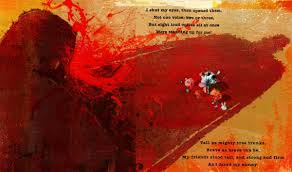
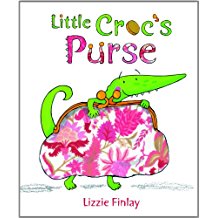
For a more complex plot, I believe Little Croc’s Purse is worth a look. I loved reading it to the children age five and up at our local day care. Suspense and danger kept them enthralled—will Little Croc, in his determination to act with integrity, make it past mean Murdock? The cad wants to steal the purse that Little Croc is turning in to the police station! Not to mention Little Croc’s friends, who ridicule his choice to be honest.
But there’s also internal conflict. As Little Croc makes his way to the station, he meets a crocodile wearing a sign board that says “Help Old Crocs.” How important is that? Then he sees a pair of lovely red boots–on special no less. And how about a cool glass of lemonade? Surely he could borrow from the rightful owner . . . or could he?
The author/illustrator does a beautiful job of presenting these conflicts with huge doses of humor and cuteness. And there’s also the matter of intrinsic and extrinsic rewards for doing the right thing. Mrs. Doolally’s gratitude for the return of her purse is heartwarming—and so is her generosity. The story doesn’t stop there, but goes on to present some basic budgeting concepts as our hero decides how to spend, save, and share his reward money.
In addition to honesty, I suspect that most of us also want to promote empathy. I like Are You My Mother? for its portrayal of a situation young children can easily relate to. It also features repetition, which is so valuable for beginning talkers and readers; clear, expressive illustrations; and a surprising resolution to Baby Bird’s predicament.

Check out Tanglebird for a humorous, lighthearted approach to initiative and compassion, and A Storm Called Katrina for a more serious, realistic approach.
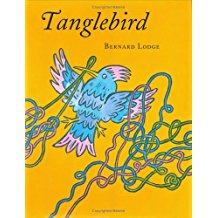

Taking Care of Sister Bear is a gentle story about a pesky baby sister that drives home a powerful truth: there is a heightened appreciation in the love we feel for those we have almost lost.
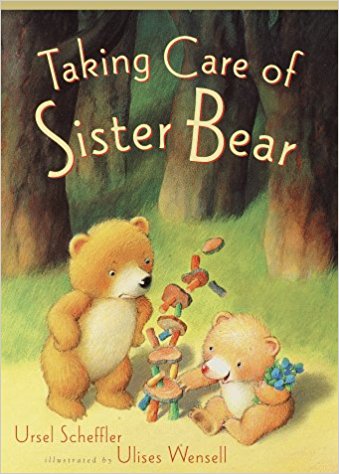
Are you interested in “normalizing disability”? In Marie and Mr. Bee the hero, who just happens to use a wheelchair, is an equal and beloved partner in work and play. Her forest friends make accommodations for her without comment, and Marie pays the price for making a bad choice just as the rest of us do. Children with disabilities and their parents say they appreciate this approach. Perhaps you, too, have a statement to make about people who might be considered less important because they cannot do some of the things that many others can.
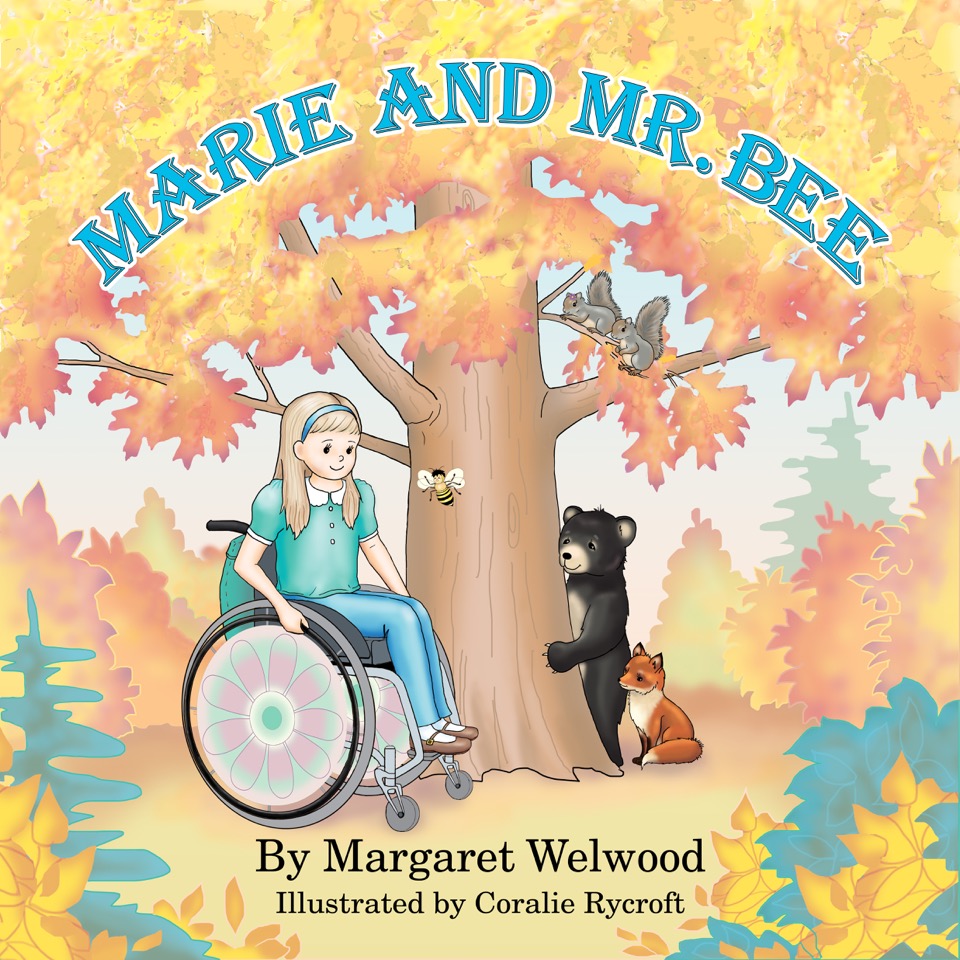
Besides “lying gets you what you want” and “people with disabilities are somehow less,” are there other themes or values you might want to avoid, or even counteract?
According to the American Psychological Association, “there are three major effects of watching violence in the media (i.e. video games/television): children may become less sensitive to the pain and suffering of others, children may be more fearful of the world around them, and children may be more likely to behave in aggressive or hurtful ways toward others.” We can surmise that books portraying violence would have the same effect.
On the other hand, I read of a study that concluded that children who watched portrayals of violent acts might or might not be more likely to commit them—it depended how the villain and victim were portrayed. If the villain was someone the viewer respected, the influence was negative. But if the violence was portrayed from the victim’s point of view, the movie could promote compassion.
Food for thought?
As we read to little ones and also create stories for them, let us also be mindful of the opportunity and privilege to share ideas of enduring value.







